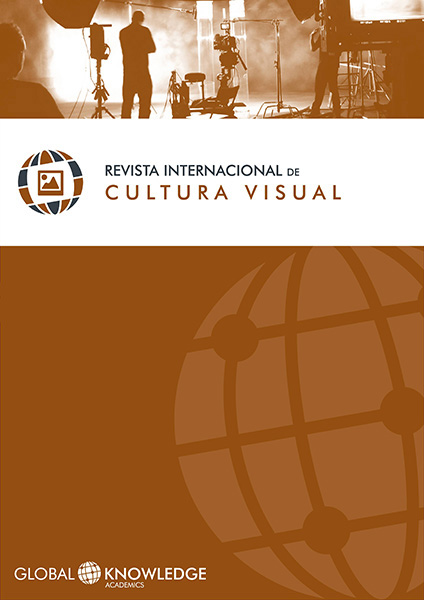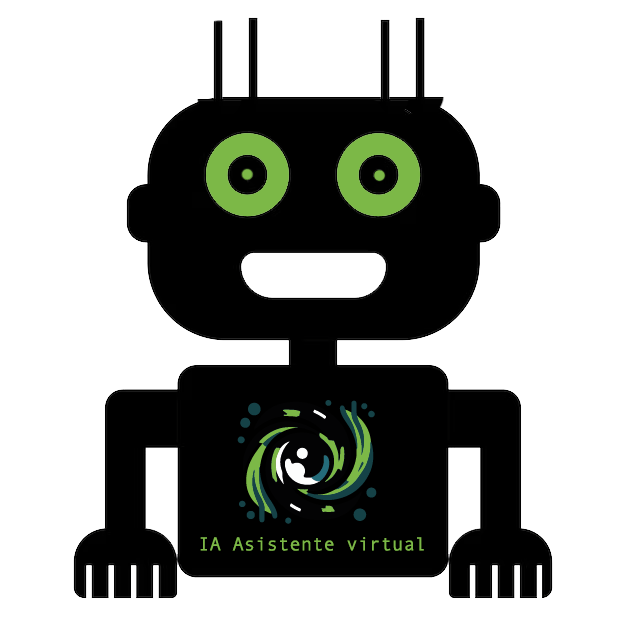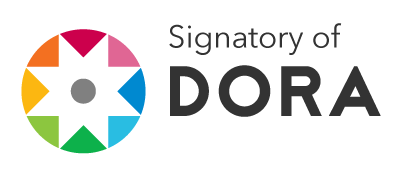Education and Audio-Visual Image: Space for Reflections, Conflicts and Convergence
DOI:
https://doi.org/10.37467/gka-revvisual.v2.654Keywords:
Media and Education, Subjectivity and Audiovisual, Media EducationAbstract
The article is the result of research with adolescents where we analyze the audiovisual production experience to understand the content of speech in audiovisual narratives. The hypothesis is that it is possible to use the audiovisual production to mix scientific content and social experience for a formation reflexive criticism. We analyzed 32 short films and we can say that the problems presented in the movies bring the dilemmas and conflicts that society brings adolescents. As experience, education can take ownership of the audiovisual production process as "pedagogical strategy", both to give greater meaning to education, and to "give voice" to these young people. We use the Freudian psychoanalytic theory, critical social theory of the Frankfurt School, in particular Walter Benjamin and Theodor Adorno, and the field of communication theories of Jesus Martin-Barbero and German Rey.
Downloads
Global Statistics ℹ️
|
400
Views
|
206
Downloads
|
|
606
Total
|
|
References
Adorno, T. W. (1971). Teoria da seudocultura. In M. Horkheimer e T.W. Adorno, Sociológica. Madrid: Taurus.
Adorno, T. W. (1995). Palavras e Sinais: modelos críticos 2 (Trad. M. H. Ruschel). Petrópolis, RJ: Vozes.
Adorno, T. W. & Horkheimer, M. (1985). Dialética do Esclarecimento: fragmentos filosóficos (Trad. G. A. de Almeida). Rio de Janeiro: Jorge Zahar.
Aumont, J. (2001). A imagem (Trad. E. dos Santos Abreu e C. Santoro). Campinas, SP: Papirus.
Aumont, J. et al. (1995). A estética do filme (Trad. M. Appenzeller). Campinas, SP: Papirus.
Calil, M. I. (2003). De menino de rua a adolescente: análise sócio-histórica de um processo de ressignifcação do sujeito. In S. Ozella (org), Adolescências construídas: a visão da psicología sócio-histórica. São Paulo: Cortez.
Debord, G. (1997). A sociedade do espetáculo: comentários sobre a sociedade do espetáculo (Trad. E. dos Santos Abreu). Rio de Janeiro: Contraponto.
Freire, Â. B. (2003). A juventude e os processos de formação cultural (Tese doutorado). Instituto de Psicologia da Universidade de São Paulo.
Freud, S. (1997). O mal-estar na civilização. Rio de Janeiro: Imago.
Marcuse, H. (1969). Ideologia da Sociedade Industrial (Trad. G. Rebuá). Rio de Janeiro: Zahar.
Marcuse, H. (1996). Algumas implicações sociais da tecnologia moderna. Praga: revista de estudos marxistas, 1, pp. 113-140.
Marcuse, H. (1998). Cultura e Sociedade vol. II (Trad. W. Leo Maar et al. ). Rio de Janeiro: Paz e Terra.
Marcuse, H. (2000). A arte na sociedade unidimensional. In L. Costa Lima, Teoria da Cultura de Massa. São Paulo: Paz e Terra.
Massaro, G. (1996). Esboço para uma teoria de cena: proposta de ação para diferentes dinâmicas. São Paulo: Agora.
Merleau-Ponty, M. (1971). Fenomenologia da percepção . Rio de Janeiro: Freitas Bastos.
Nasio, J. D. (1995). Os sete conceitos cruciais da psicanálise. Rio de Janeiro: Jorge Zahar Ed.
Ozella, S. (org). (2003). Adolescências construídas: a visão da psicología sócio-histórica. São Paulo: Cortez.
Downloads
Published
How to Cite
Issue
Section
License
Those authors who publish in this journal accept the following terms:
-
Authors retain copyright.
-
Authors transfer to the journal the right of first publication. The journal also owns the publishing rights.
-
All published contents are governed by an Attribution-NoDerivatives 4.0 International License.
Access the informative version and legal text of the license. By virtue of this, third parties are allowed to use what is published as long as they mention the authorship of the work and the first publication in this journal. If you transform the material, you may not distribute the modified work. -
Authors may make other independent and additional contractual arrangements for non-exclusive distribution of the version of the article published in this journal (e.g., inclusion in an institutional repository or publication in a book) as long as they clearly indicate that the work was first published in this journal.
- Authors are allowed and recommended to publish their work on the Internet (for example on institutional and personal websites), following the publication of, and referencing the journal, as this could lead to constructive exchanges and a more extensive and quick circulation of published works (see The Effect of Open Access).













